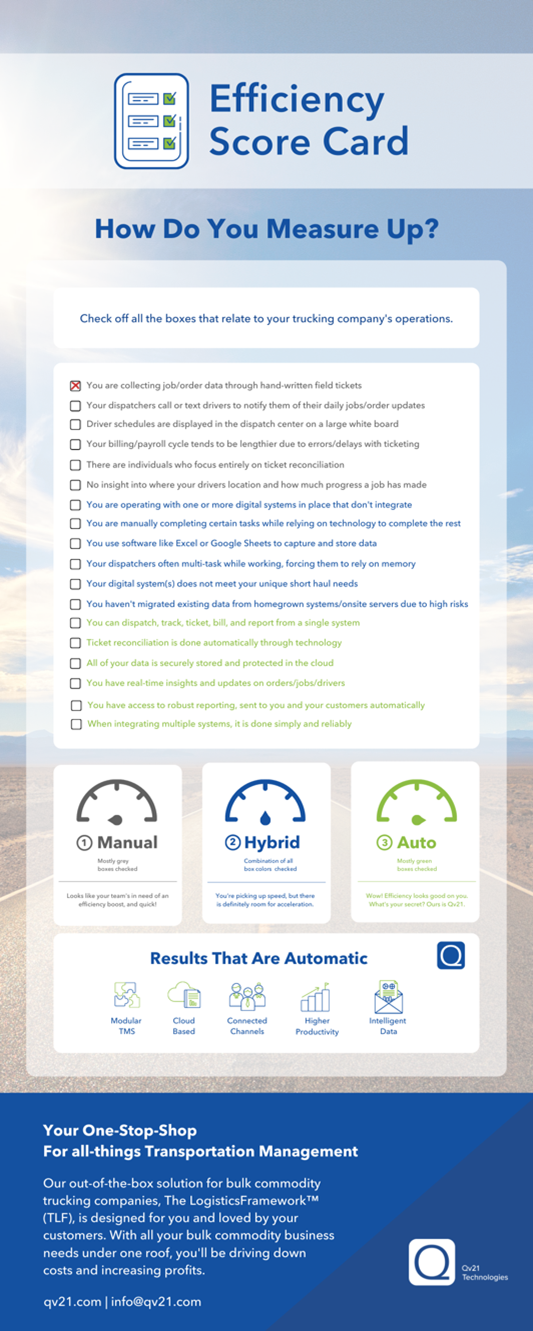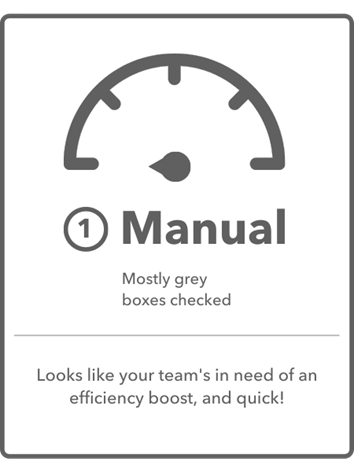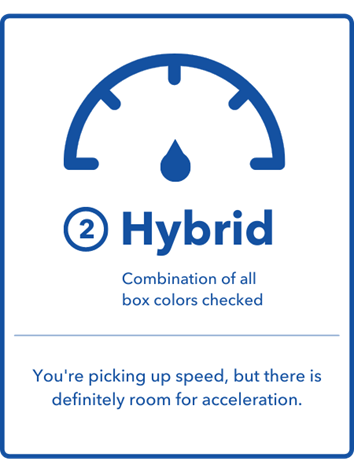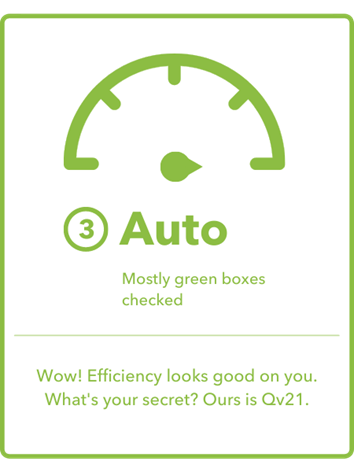The Cost-Effective Key to Hauling More
April 4, 2022

Sponsored by Qv21 Technologies
To survive in today’s economy and transportation landscape, the key is to “do more with less”. But whether you oversee daily operations or run loads to and from customers' pick up/drop off sites, one thing is certain: unpredictable and predictable factors alike impact your job - regularly.
Organizing the flow of work, people, and assets through volume swings to keep things moving can be tricky on a typical day, much more so in a strained economy. So, how can you be certain that you are making the most of what you have? How can you haul more without hiring more drivers? How can you increase your daily load count effectively and efficiently?
The scarcity of drivers, truck/trailer units, and overall commodity production impacts short-haul trucking companies no matter who you are, what you transport, and how you deliver it to your customers. It’s critical to create stability in good and challenging conditions.
How can I haul more? Work smarter, not harder.
There are many ways to conduct business as a trucking company. You name it, we’ve seen it. From paper ticketing and manual processes to robust transportation management systems, every solution is focused on the challenge: “How do I keep operations flowing?”
The method in which you operate your front and back office is one of the fastest indicators of how your trucking company performs. As a leading TMS provider, our role is to identify quick markers to gauge operational health. Here, we share three themes to help you stabilize and accelerate your logistics business and operations.
Is your trucking company just barely meeting expectations? This scorecard reveals the answer.
Disclaimer: Our scorecard applies to all industries as we specialize in short-haul, bulk commodities (such as MSW, Crude Oil, Refined Fuel, Dry Bulk, and Food Grade to name a few).
Why score your fleet’s operations? By identifying logistics barriers regularly, tools/steps needed to take your team to its unique advantage point reveal themselves before you hit a dead end.

Theme one: spinning your wheels with manual management.
By operating manually, more mistakes and delays occur at the fault of human error alone. Combine that with shifts in the economy/environment along with the never-ending growing pains of business, and you’ll find yourself struggling to retain customers/drivers.
To determine if your front and back office operates manually, pay close attention to the following symptoms of manual management and how many pertain to you.
You are collecting data by hand in the style of driver captured field tickets, turned in upon completion of a work shift (often later)
Tickets are lost between locations
Handwritten tickets are illegible
Missing ticket fields
Incorrect data entry
Your dispatchers call or text drivers to notify them of their daily lineup or to relay time-sensitive updates regarding the order information
Cellular dead zones
Missed Calls
Distracted driving
Driver schedules are displayed in the dispatch center on a large whiteboard
Information not updated regularly
Your billing/payroll cycle tends to be lengthier than preferred
You’ve hired individuals who focus entirely on ticket reconciliation, or you have hybrid employees fulfilling this responsibility
No insight into where your drivers are located
No real-time job progress indicators.

It’s not uncommon for transportation companies to rely on the more laborious manual practices for a handful of reasons. Do any of these seem like you?
You’re running short on time, money, or team members. Everybody is stretched thin. It’s difficult to think about integrating a new process or system because you just don’t have the bandwidth.
You like what you do simply due to the longevity in which you’ve been doing things. We are creatures of habit and often reluctant to change. You settle with yourself saying despite the obvious issues “at least we are getting by”.
You’ve been burned in the past. You’ve tried out different methods and, for one reason or another, they failed.
The takeaway issue is that key details are slipping through the cracks with manual processes, whether it’s known to you - or worse – not. You have little to no insight into how time, money, and resources are spent, and this means detrimental missteps.
Theme two: gaining traction with hybrid management.
Operating with one or more digital systems in place may be causing you more harm than good. Although it’s a step forward from manual management, you still have blind spots leaving your company vulnerable.
Among other aspects, the latest revelation with hybrid management is the type of impact a balancing act like this has on a trucking company’s ability to haul. To determine if you are functioning under a hybrid-management style, identify how many of the following fit your company’s description.
You are operating with one or more digital systems in place
This may even be ticketing or dispatch software, but they do not integrate and function independently from one another.
Your digital system(s) does not meet your unique short-haul needs such as multi-stop, multi-drop, multi-commodity, and multi-billing and/or real-time driver messaging, immediate job feedback and job history.
Certain solutions are simply not built for the complexities that your market encompasses, and it is tricky to identify elements pre-implementation
Whether the system is too simple or too complex, there’s a battle of understanding either way. You need to find a solution that guides you.
You are manually completing certain tasks while relying on technology to complete the rest
This creates an organic disconnect between the quality and accuracy of data tracking.
You use software like Excel or Google Sheets to capture and store data
Human error still has a heavy hand in the outcome of reporting, even when completed in a digital landscape.
Your employees manually enter information while they dispatch calls forcing them to rely on memory when filling out reports.
Your employees can relate to the “death-by-Excel” syndrome.

Trucking companies often fall into a hybrid work style with honest intentions. It’s a step away from the clunkiness of manual management and depending on how young your company is, this may be what operations started with. Did you do any of the following things?
Implement free online tools into your daily workflow because larger transportation management solutions seemed too expensive/complicated at the time.
Agree to use customer required software even though it was built for your customers’ needs, not yours.
Put off migrating existing data from homegrown systems/onsite servers because the risk seemed too high.
Hybrid solutions easily spin out of control in a matter of time. With everything saved locally, you are exposing yourself to a higher risk of cyber-security threats and a wide potential for crashed servers and lost data.
Theme three: accelerating with an automated transportation management system.
What does world-class automation look like in the trucking industry? Does it overwhelm you? If so, you are not alone.
If you are new to transportation management systems or even if you already have one, the increased capabilities can be daunting which is why the right TMS provider will keep it simple for you. Hauling more with the support of automated processes is the most reliable way to operate but is often overlooked and misunderstood.

With an automated end-to-end solution:
You can receive orders, dispatch, track, ticket, bill, and report from a single centralized, unified solution freeing you from the headache of continuously cross-checking
Ticket reconciliation is completed automatically, catching more errors than the human eye
Critical information is never lost or breached due to cloud-based storage
Every detail, from your drivers to the back-office staff, performs in real-time
Business intelligence data does the hard thinking for you, outlining specific drill-down metrics (such as KPIs, profit/loss by carrier, shipping lane, or driver, and load counts) that allow you to pivot moment to moment
Integrations are seamless so you can meet your customers' needs and your own without changing the way you conduct operations
You reduce overhead costs allowing you to invest deeper into other areas of your operations
I found my score, what’s next?
Your business’s health and success are dependent on systems. Manual systems are less efficient than automated trucking systems. When operations are flowing, it’s obvious. When you’ve met a fork in the road or several, it’s time to streamline.
Who is Qv21?
Qv21 is the industry's leading TMS provider, an expert in the short-haul bulk commodity space. We are here to provide a solution built to match your existing workflows and keep you stable no matter what lies on the road ahead. If you are curious about how to reach maximum efficiency, visit our website.
You May Also Like


.png?width=300&auto=webp&quality=80&disable=upscale)